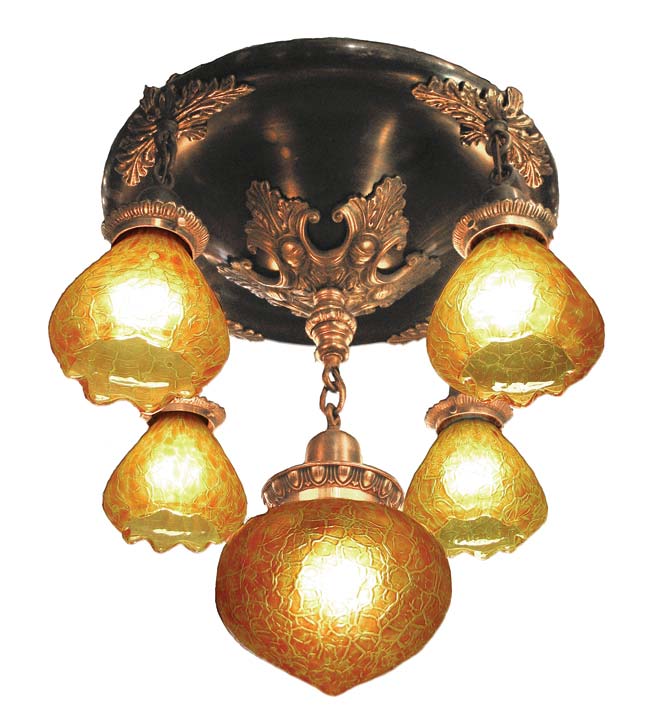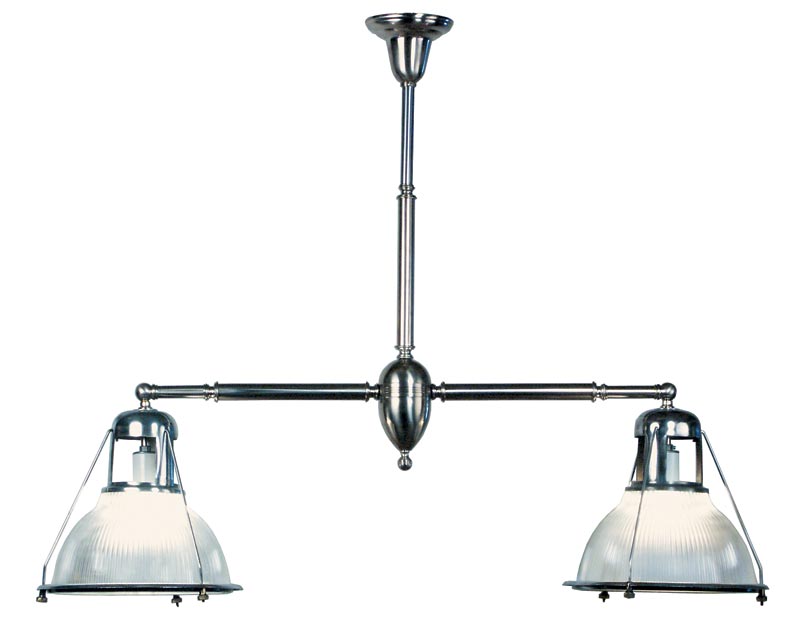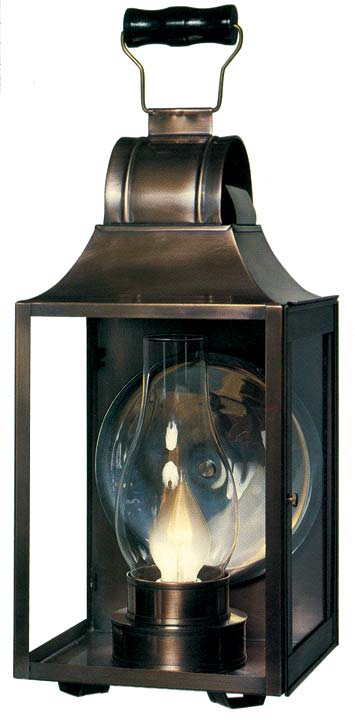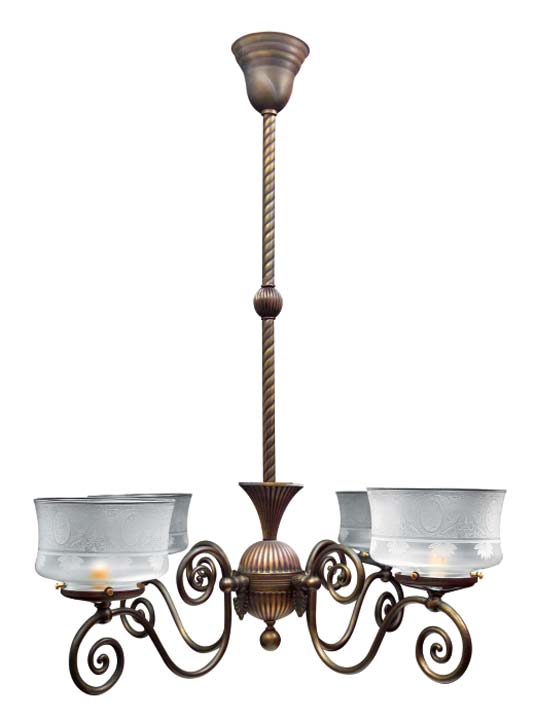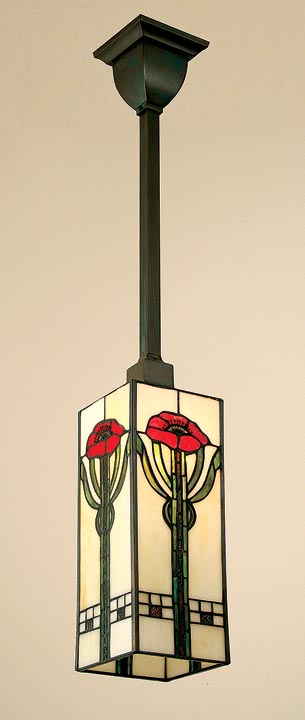The lighting in Chuck and Judy Kohlhaas’ kitchen is all vintage—the 1920s Art Deco fixtures, which Judy found on eBay, were salvaged from an old theater.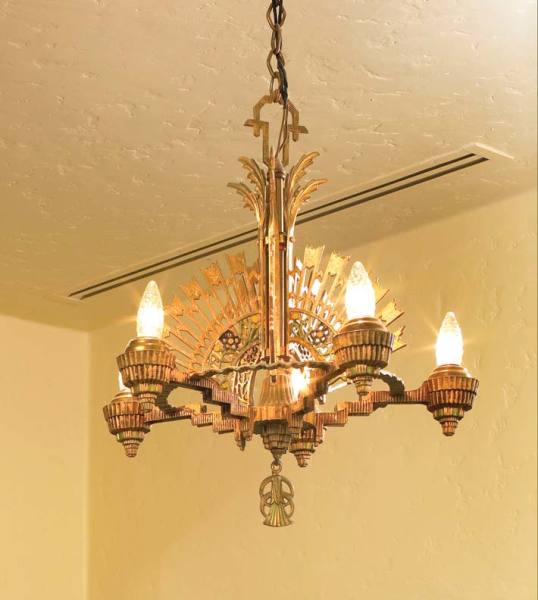
A period-friendly light fixture is the perfect way to top off a kitchen restoration. But should you choose an authentic vintage fixture, or a spot-on reproduction? The answer depends on a number of different considerations. Use our guidelines below to determine which type of light is best for you.
Consider going vintage if…
You want something truly unique. If you’re looking for a fixture that can serve as a focal point—say, above an island or within a breakfast nook—a vintage light is the way to go. Getting that distinctive look doesn’t require going fully vintage, though; you can also pair a reproduction fixture with a vintage shade.
You only need one or two lights. Like most antiques, vintage lights can be hard to find in pairs or suites. If coordinating fixtures is a concern, you’ll likely need to limit the number of lights you use. On the other hand, if you don’t care whether the chandelier matches the sconce, using a variety of vintage lights in similar styles (for example, Art Deco sconces with different backplates) can help facilitate an eclectic look, as if the house evolved over time.
You don’t mind paying more (or doing a bit of work). Fully restored vintage lights can be pricey, sometimes running into the thousands of dollars. Bargains abound, too, but keep in mind that lower-priced fixtures might require a bit of work.
Look into reproductions if…
For their kitchen restoration, Ryan Knoke and Montana Scheff selected reproduction light fixtures from Rejuvenation.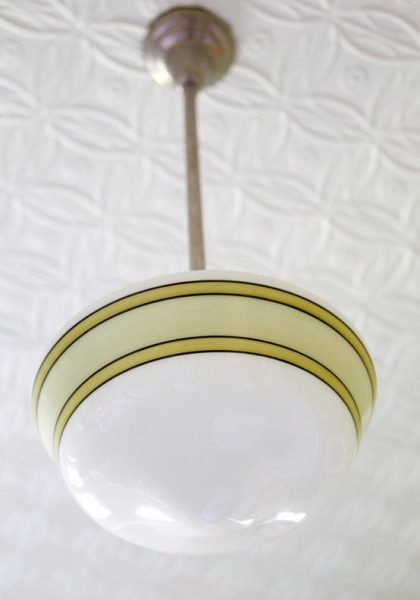
You’re on a budget. There are plenty of exceptions, of course, but generally a reproduction fixture will be less expensive than a fully restored antique one. And the simpler you go, the more you can save: Schoolhouse- and industrial-inspired fixtures are such a big trend right now that it’s not hard to find them on the cheap at all kinds of stores (though keep in mind that the cheaper you go, the more you’ll sacrifice authenticity).
You need something specific. Whether it’s three identical pendants to top an island or a sconce in a particular size, being able to find exactly what you want from a large stock of fixtures is one of the big benefits of going repro. Most reproduction lighting companies offer a wide variety of interchangeable fixtures and shades, so your options are virtually endless. In addition, it’s easier to match existing finishes in your house (companies may offer up to a dozen finish choices) or order coordinating hardware suites.
You don’t have time to search. For some people, the thrill of finding a one-of-a-kind fixture outweighs the time spent combing antique stores, eBay, and the like. But if you have a tight deadline in mind for your kitchen project, you may not want to wait for the perfect light to come along. With reproduction fixtures, what you see is what you get—today and six months from now. You’ll also have the peace of mind of knowing that if the fixture gets damaged (say, a shade breaks), you can easily replace it.



